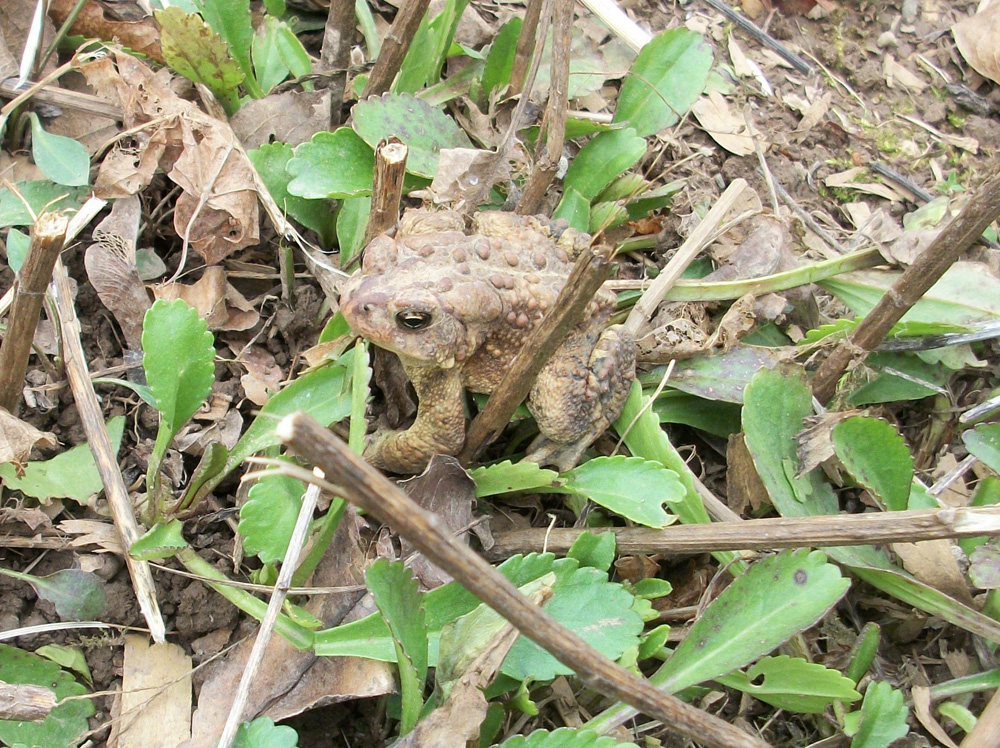Cover crops protect soil

Cover crops are not just for over-wintering in your garden. You can use cover crops at several different times during the year to help protect and restore your soil. According to Cornell Cooperative Extension, summer cover crops can be used all summer or between the harvesting of spring crops like lettuce and before fall crops like broccoli. Summer cover crops can be cut down and turned into the soil or covered with tarps to terminate growth when about 50 percent of the crop is flowering and/or about three to four weeks before planting a new crop for harvest.
Purdue University says cover crops are those crops grown to improve soil quality or provide a benefit to the ecosystem. Known sometimes as “green manure,” cover crops are not intended for harvesting; they provide many benefits to the garden both while they are growing and after they are harvested.
Cover crops prevent erosion of soil – either by wind or water. Bare soil is at great risk of erosion. Cover crops slow runoff and help rainwater to infiltrate the soil instead of just moving across it. Cover crops improve soil structure, or “tilth.” They increase organic matter in the soil and add biomass below the soil surface. This is similar to the benefits of adding shredded leaves or compost to your garden. Better soil structure means more pore space, better soil infiltration, drainage, and aeration. Water and nutrient holding capacity is increased, as well as microbial activity. Once a cover crop is established, it can help reduce weeds, and if you plant legumes such as clover, cover crops can help improve soil fertility. Another benefit of flowering cover crops is that they attract pollinators and other beneficial insects.
Many plants can be used as cover crops. Cornell Cooperative Extension recommends crimson clover – a legume that is somewhat shade tolerant. You can plant crimson clover in late spring and turn it in between August and October – or let it overwinter. Buckwheat grows quickly, helps suppress weeds, and attracts beneficial insects. Sow buckwheat between late May and July and turn-in 40 days after planting. Small fava beans (cowpeas) can be sown in late spring and turned in 60 to 80 days after planting. They are a legume and provide excellent biomass for a nitrogen fixer. Fava beans can be mixed with millet for a nice blend. Sorghum-sudangrass can be sown from June through July. It helps build organic matter and suppresses weeds. Turn in 65 to 75 days after planting. Daikon/tillage radish can be sown either in early spring or late summer and turned-in in June or October. In addition to building organic matter, Daikon radish penetrates, aerates, and loosens clay soil.
Possibilities for cover crop mixes include oats and sunflowers; mixing one grass and one legume; or mixing one grass, one legume, and one non-legume broadleaf such as buckwheat.
When planting your cover crop, good seed-to-soil contact is important. Purdue University says clear the area and remove all crop and weed residue. If the area is small, lightly rake or till the soil and sow by hand. In larger areas, you can use a hand-held seed spreader. Cover with one-half to one and one-half inches of soil and water well until germination. You may have to hand-weed the area while the cover crop is becoming established. Purdue says you can mow the cover crop down before incorporating all the biomass into the soil. For overwintering cover crops that are winter killed, simply till the crop residue into the soil in the spring.






